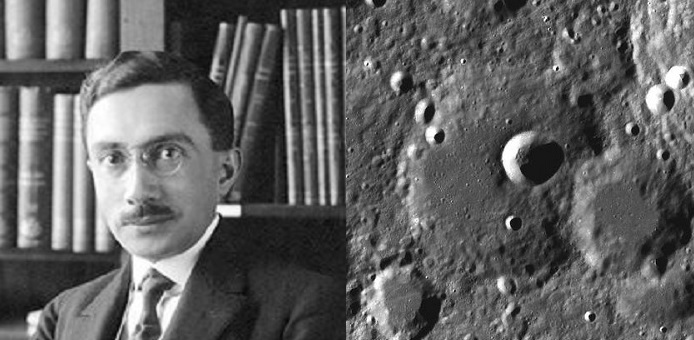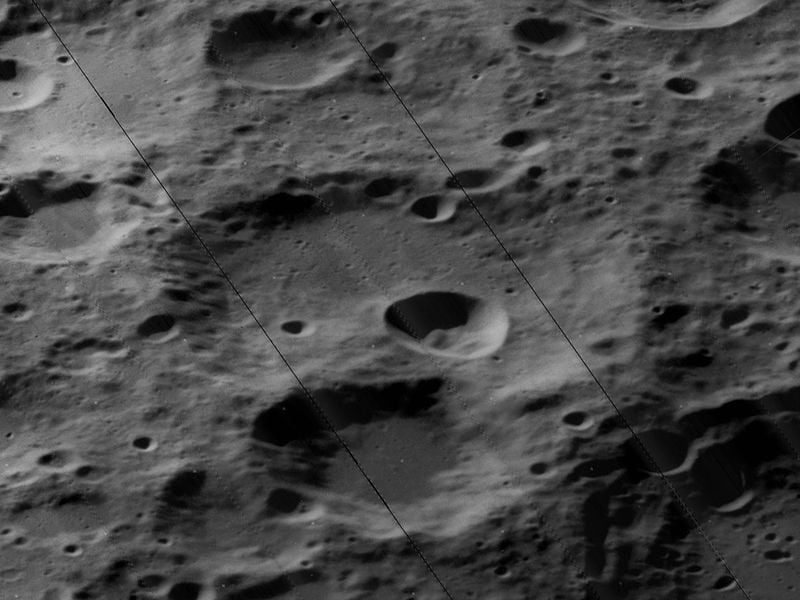
John Paraskevopoulos may not be a household name, but the Greek astrophysicist who had a crater on the moon named after him and discovered a number of comets, made a significant contribution to our understanding of the universe in the mid 20th century.
“Dr. Paras,” as he was known affectionately by scientists around the world, was born in Piraeus on June 20, 1889 and graduated from the University of Athens, where he obtained his PhD in Physics in 1910.
On his death in 1951, the London-based Royal Astronomical Society said in an obituary that “astronomy has lost one of its most devoted, conscientious and capable servants and a man who dedicated his life to providing for his colleagues precision tools and basic material for the exploration of the universe of stars and galaxies.”
The life of Greek astrophysicist, John Paraskevopoulos
Paraskevopoulos served in the Greek Army during the Balkan Wars and World War I. After the wars, he worked as an assistant to Professor Demetrios Eginitis at the National Observatory of Athens.
Due to his work as a scholar, which concerned absorption spectra, or techniques that involve measuring the absorption of radiation, Paraskevopoulos went to the United States with a two-year fellowship in 1919, spending part of that time working at Yerkes Observatory in Wisconsin.
In 1921, he returned to Athens where he became head of the Astronomy Department of the National Observatory with a goal to build a large telescope in Greece.
However, due to the war between Greece and Turkey during that period and the political instability that followed, it soon became evident that the large telescope for the observatory would not materialize in the region, and the Greek astrophysicist looked elsewhere to continue his studies.
Hence, in September 1923, he accepted an offer from Dr. Harlow Shapley to become the Superintendent of the Harvard Observatory’s Southern Station.

The crater named after Paraskevopoulos
Paraskevopoulos left this post due to a lack of funding, however, and went to Arequipa, Peru to work at Boyden Station, a branch of the Harvard Observatory, in hopes of finding a better location for the important scientific center.
The decision was made to move Boyden Station to South Africa due to better weather conditions, and Paraskevopoulos served there as director from 1927 to 1951.
While there, he discovered a number of comets and continued his lifelong study of the cosmos.
The crater called “Paraskevopoulos,” located on the far side of the Moon, is named after him.
It is an old lunar impact crater located in the higher northern latitudes of the Moon. It lies just to the southwest of the younger, and somewhat larger, crater called “Carnot.”
See all the latest news from Greece and the world at Greekreporter.com. Contact our newsroom to report an update or send your story, photos and videos. Follow GR on Google News and subscribe here to our daily email!



